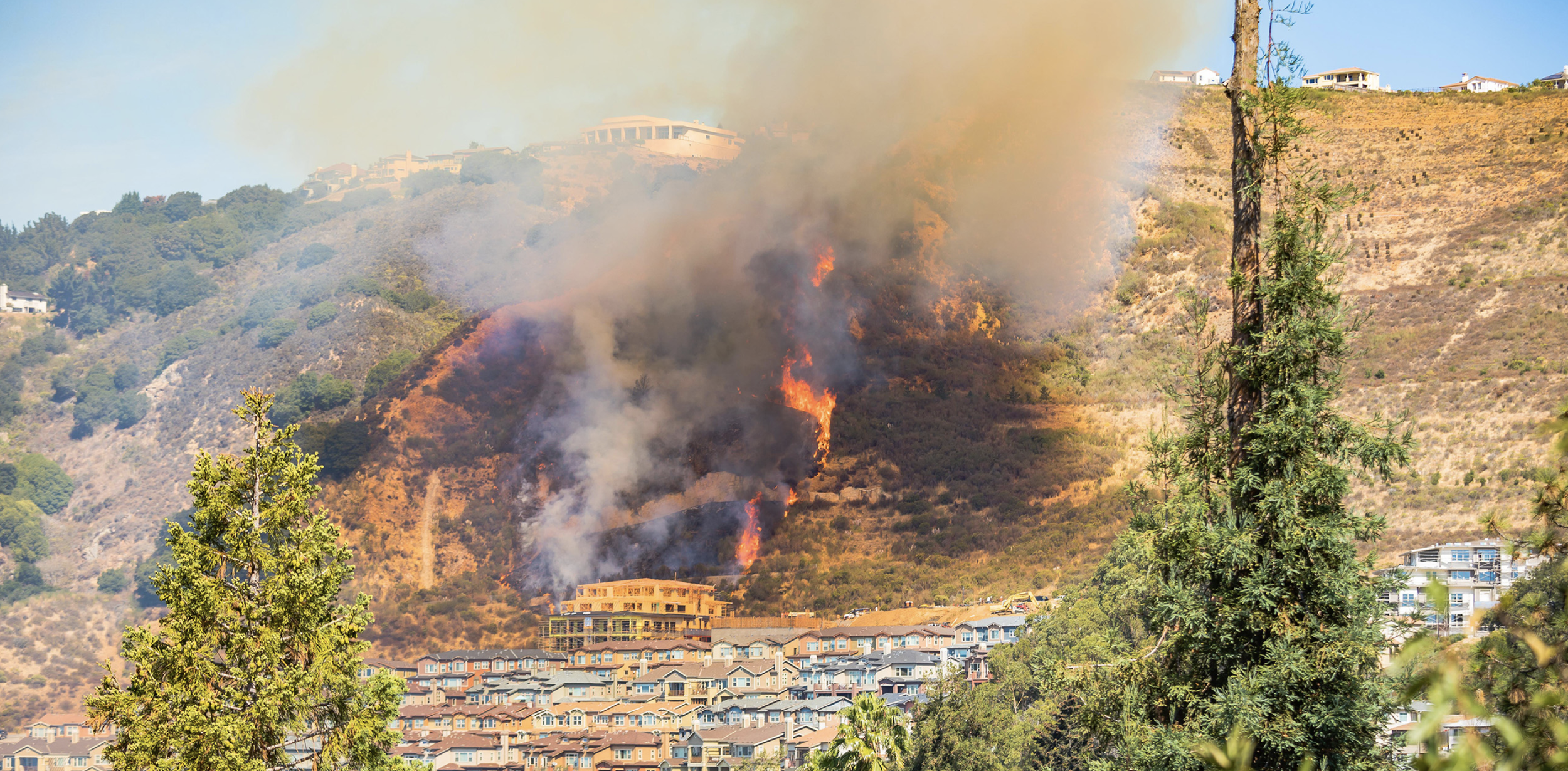East Bay Wildfire Coalition of Governments

Photo credit: Julia Sumangil Photography
Welcome to the temporary website for the East Bay Wildfire Coalition of Governments (EBWC). Come here for meeting notices and materials, background information, and updates.
ANNOUNCEMENT: May 3, 2025 is Wildfire Community Preparedness Day.
Click here for EBWC Meeting Information and Documents.
Click here to download a one-page info sheet on the EBWC.
Who we are
| Member Jurisdiction | Represented by: |
|---|---|
| Alameda County | Supervisor Nikki Fortunato-Bas Fire Chief William McDonald |
| Contra Costa County | Supervisor John Gioia (Chair)
Fire Chief Lewis Broschard |
| City of Berkeley | Councilmember Shoshana O'Keefe
Fire Chief David Sprague |
| City of El Cerrito | Councilmember Lisa Motoyama Fire Chief Eric Saylors |
| City of Hercules | Councilmember Alex Walker-Griffin |
| City of Oakland | Councilmember Janani Ramachandran Fire Chief Damon Covington |
| City of Pinole | Councilmember Maureen Toms |
| City of Richmond | Councilmember Soheila Bana Fire Chief Aaron Osorio |
| Rodeo-Hercules Fire Protection District | Board Vice Chair Marie Bowman Fire Chief Rebecca Ramirez |
All member jurisdictions formally adopt and sign the Memorandum of Understanding for Coordination of Wildfire Prevention Activities to Protect the East Bay Hills in Alameda and Contra Costa Counties.
Each member appoints one elected official to sit on the EBWC Board. Fire Chiefs advise their respective elected officials and participate in EBWC meetings.
-
Regional agencies and organizations advise the EBWC and participate in meetings.
University of California at Berkeley
Lawrence Berkeley National Laboratory
East Bay Regional Parks District
East Bay Municipal Utility District
East Bay FireSafe Alliance
Diablo Firesafe Council
-
The EBWC covers western Alameda and Contra Costa Counties containing areas designated as High or Very High Fire Hazard Severity Zones by the California Department of Forestry and Fire Protection (CAL FIRE).
-
Recognizing that wildfire does not respect jurisdictional boundaries, the East Bay Wildfire Coalition of Governments (EBWC) is a regional consortium of elected officials representing cities, counties and fire districts committed to safeguarding our communities and natural landscapes in the East Bay Hills of the San Francisco Bay Area.
We support proactive, science-based, ecologically sound and data-driven approaches to resiliency. Through preparedness, community engagement, education, and collaboration, we support mitigating the increasing threat of cata-strophic wildfires due to the climate crisis.
-
Strengthen building and fire codes and adherence
Support science-driven regional vegetation management priorities
Advocate for local, county and state legislation
Support evacuation and response programs
Secure new funding for regional priorities
-
Education: Create community engagement program to inform property owners, and decision-makers, about the value of home hardening and defensible space including “zone zero”
Legislation: Support adoption of state, county and local ordinances to promote consistent region-wide risk reduction measures in wildfire hazard zones
Funding: Promote and support a regional assistance program for qualified homeowners to help establish ember-resistant zones within five feet of structures, or “zone zero”
-
Funding: Promote implementation of best practices for various vegetative types, raise funds for situational analyses, plans for a CEQA-compliant, ecologically-sound, region-wide vegetation management plan
Project management: Apply for grants, distribute funding and support activities
-
Work began in 2019 when a small group of East Bay community leaders concluded that wildfire prevention efforts could not be successful on a city-by-city or fire district basis alone. Volunteers from local organizations, including Oakland Firesafe and Claremont Canyon Conservancy, solicited political and community support, raising enough money to retain a professional consulting firm (Placeworks) and legal adviser (Hanson Bridgett) which drafted the Memorandum of Understanding (MOU).
On April 29th 2024, the EBWC convened for the first time. As of August 2024, 10 local governing bodies have joined the coalition. The EBWC now continues to meet on a regular basis (see the “Meetings” section for more details).
-
The EBWC members decided on a Memorandum of Understanding (MOU) to provide the legal basis for the jurisdictions to work together to accomplish agreed upon goals, in this case efforts to limit or prevent damage from future wildfires.
The MOU can be signed by counties (Alameda and Contra Costa), all cities and towns, and all fire districts with jurisdiction in the East Bay Hills.
BACKGROUND - What is the EBWC?
Meetings
UPCOMING MEETINGS:
— July 23, 2025
— September 24, 2025
— October 22, 2025
— December 17, 2025
EBWC meetings are OPEN TO THE PUBLIC at El Cerrito City Hall, 9-12 noon.
April 16, 2025
Attachment 2: EBWC Strategic Framework One-pager (adopted November 2024, updated with new members)
Meeting recording (YouTube)
February 27, 2025
Presentation 2: EMBER: Effective Measures for Berkeley’s Ember Resilience
Attachment 4: Governor Newsom’s Executive Order regarding implementation of “zone zero”
Meeting Recording (YouTube)
Meeting 5: November 14, 2024
Meeting 4: October 21, 2024
Meeting 3: September 23, 2024
Agenda
Attachment 1: Strategic Framework
Attachment 2: EBWC Fee Structure
Attachment 3: Letter from AAA
Meeting Minutes
Meeting 2: July 8, 2024
Agenda
Attachment 1: regional fire service presentation
Attachment 2: Sierra Club and Native Plant Society presentation
Attachment 3: East Bay FireSafe Alliance presentation
Meeting minutes
Meeting 1: April 29, 2024
Agenda
Attachment 1: Ideas for the Wildfire Prevention Coordinating Group
Meeting minutes